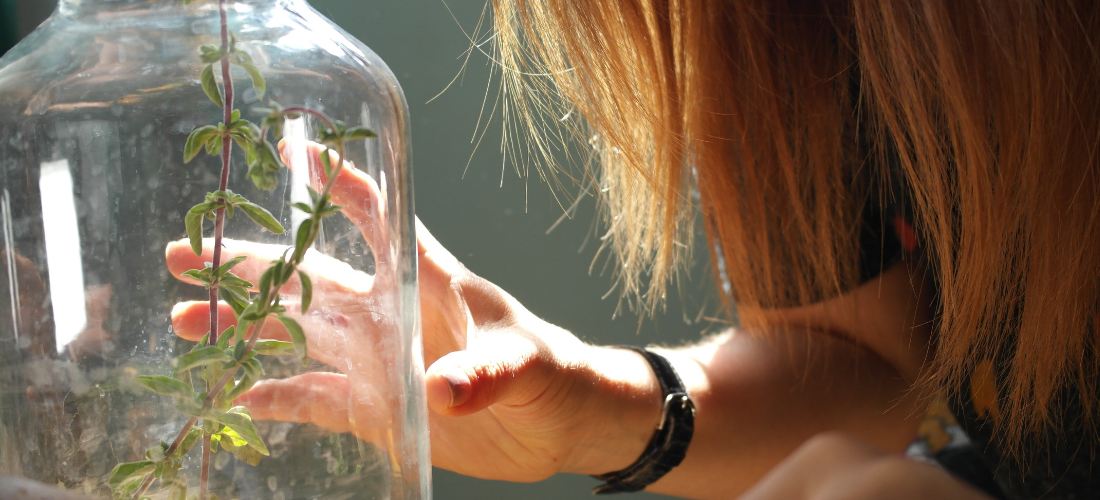
The new digital landscape has radically transformed the old work paradigms that for decades ruled the printed publishing industry. The advent of the internet and the subsequent creation of social-media platforms have levelled up the way in which everyday people can become content creators with just a few tools, but before smartphones and ubiquitous digital cameras, the bare minimum number of professionals behind a food magazine, cookbook, etc. looked something like this:
- Editor in chief
- Commercial editor
- Sales manager
- Editor
- Writer
- Photographer
- Cooks
- Graphic designer
- Support staff…
If you are a blogger, you are probably giggling at this point because your amazing production team is constituted mainly by… YOU.
These days any basic smartphone has a decent enough camera, and even cheap digital cameras can be the perfect way to start experimenting, but it is important to understand that just as owning a pan won’t make you a cook, owning a camera won’t make you a photographer, that is a craft you have to train for, grow into it, understand the medium, tools and technical aspects, practice, learn, ask for feedback, study other people’s work, and create your own style.
Now, believe when I say that I really celebrate the democratisation of content creation platforms but let’s face it, this has also come with its own risks, mainly the fact that if we barely know what we are doing… how can we ensure a quality control, progress in a learning curve and managing the outcome?
In my experience, storytelling through images came after understanding and defining the reason why I was doing it and in my case was to illustrate a bigger story, the one behind the food I was presenting and in particular, framing the cultural context in which Mexican cuisine exists.
Think of this:
- Why do you write or create your food-related content for?
- Are you focusing on a specific place?
- Are you trying to place products or services?
- Are you telling your community’s story?
- Do you just want to show your love for a certain type of food?
- Promote a lifestyle?
- Who do you want to see your work?
These questions might prompt some critical thinking that will help you gain focus and direction into the motives and needs of your work, specifically your photography which is the subject of the blog post.
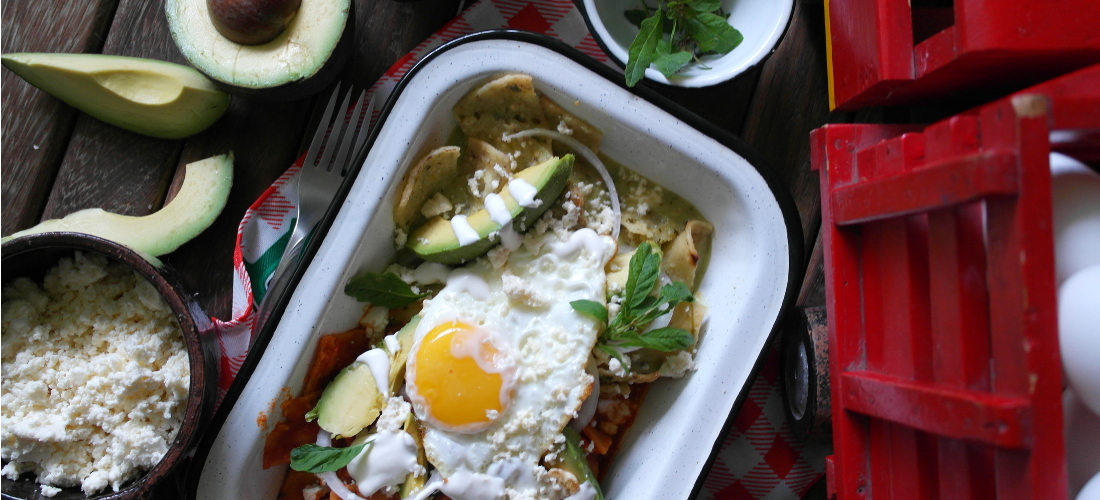
But, what does “food styling” mean anyway?
In the 1800s when the cookbook industry was born, many household and cookery publications contained large sections about food plating, dressing tables, serving, carving and setting up the perfect scenario and sequence in which a meal had to be served.
Creating a specific style and decoration for a dining table is nothing new, from Roman feasts, Medieval banquets, to Victorian Christmas dinners, we have been obsessing about it for quite some time, we have developed a unique preoccupation for arranging, decorating and creating an aesthetically pleasing layout, because we have understood the visual aspect is as important as the food itself, and it can alter our perception and enjoyment of it.
Food styling as a specific skill evolved hand in hand with cookbooks, magazines and of course the advertising industry. What we now understand as “food styling” is the craft of creating food- centred scenes for the purpose of promoting ingredients, dishes, drinks, cutlery, crockery and any other food-related item that can be sold.
What happens behind a beautiful shot?
There are a few indispensable elements behind a styled photography, and no it is not magic, it is planning. You have to imagine your scenes as if you were setting up a scene in a theatre’s scenario, it is a superposition of layers from back to front that creates depth, frame, balance and has a tridimensional feel to it. So bad to front you will need this:
Backdrop
A backdrop is basically the textures and colours that will serve as a canvas on which you will place your food, ingredients and trinkets to create a scene. You can create your own backdrop by painting some wood, fabrics, use an old table, etc.
The important thing is that has to complement your image not distract or compete for visual attention. Watch more about backdrops here:
Light
I love working with natural light and for me when I am in Mexico I have found that the magic hour is between 4 and 5:30 pm when the sun is coming down I get a wonderfully warm and rich light that brings up the best of fresh produce and textures without flattening the depth.
But you might have to find out which light works best for you, and of course, there is led lights. You can spend thousands on professional equipment, but if you are willing to MacGyver the way you can use tin foil, baking sheets, and whiteboards to bounce the light. I bought simple but very handy dimmable led panel which has interchangeable filters giving me more control over the light.
The important thing is to understand that light a complex element that once you learn how to use it, it will always be your best friend.
The light will affect:
- Quality
- Colour
- Depth
- Textures
Watch this video to see these concepts in action:
Food!
It is key to find the best stage of your dish to photograph it, sometimes the final result is perfect others the preparation of it is more interesting, if you are beginning I suggest photographing every key stage then look at the photos so you understand and compare what works and why. Making or breaking a great shot really depends on your composition, and before jumping into talking about trinkets and dishes, let’s step back and see the basics of composition in photography:
To take things to the next level you will have to learn to use a few tools to edit your photographs, while you can purchase a fancy photography editing programs like Adobe Lightroom or even the basic Photoshop you can also use a few free online websites like Befunky that allows you to add simple filters to boost the colours, sharpen, and shadows and vignettes. Read more HERE.
Admittedly I took a couple of photography classes in college that in the end, simply gave me enough tools to understand the basics, and I mean technical aspects of analogue photography, framing, composition, developing, printing, framing, not much beyond that. Did that make me a photographer? No. So how on earth did I end up here? Practice, reading, taking online courses, studying, asking for feedback, studying other photographer’s work, and eventually develop my own style and techniques.
The key is to always remain open to learn and improve your skills, a couple of months ago I was gifted this book which combines recipes (that’s a bonus treat) with practical advice to use tools, create balance, vibrancy and depth in composition and understand the styling process from a cook’s perspective.
It will not tell you which camera to purchase or which filters to apply, it takes you back to understanding the actual essence of food, textures, creating “table landscapes” and be more confident when pushing the boundaries of experimenting with photography.
The New Art of Cooking: A Modern Guide to Preparing and Styling Delicious Food
Frankie Unsworth
Bloomsbury, 2018
![]()

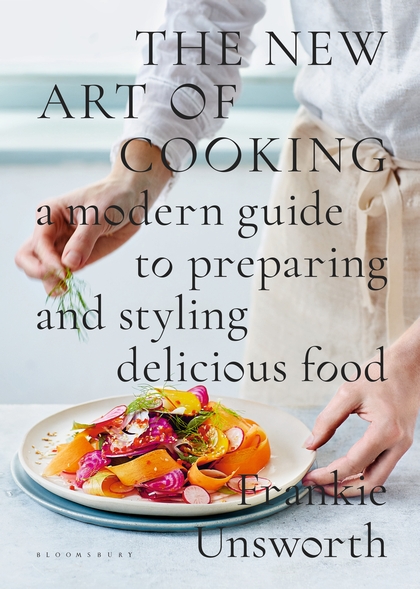
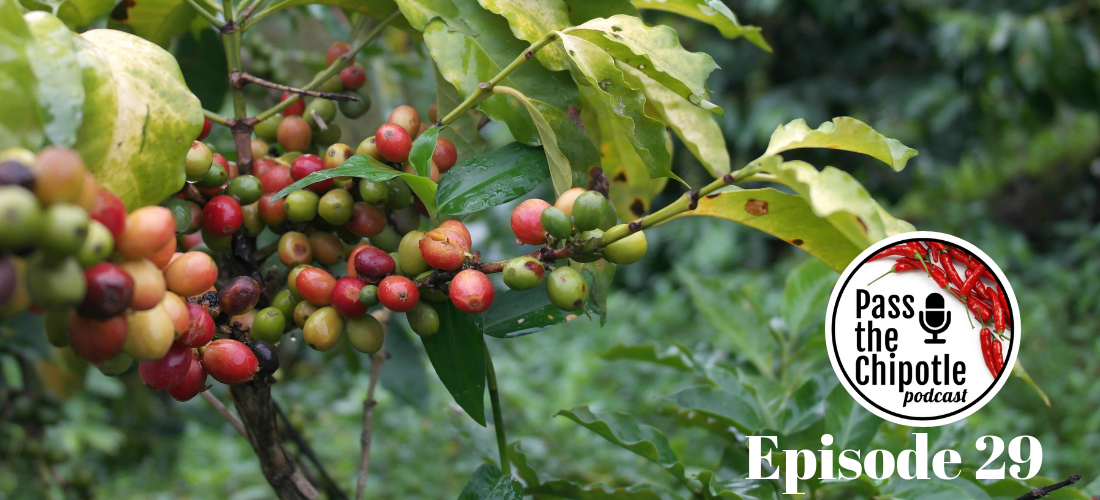
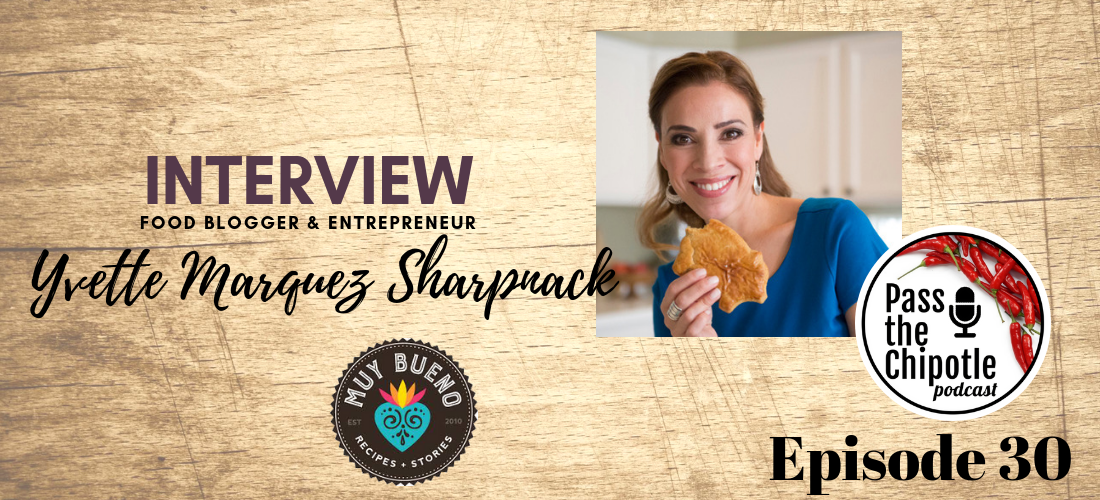
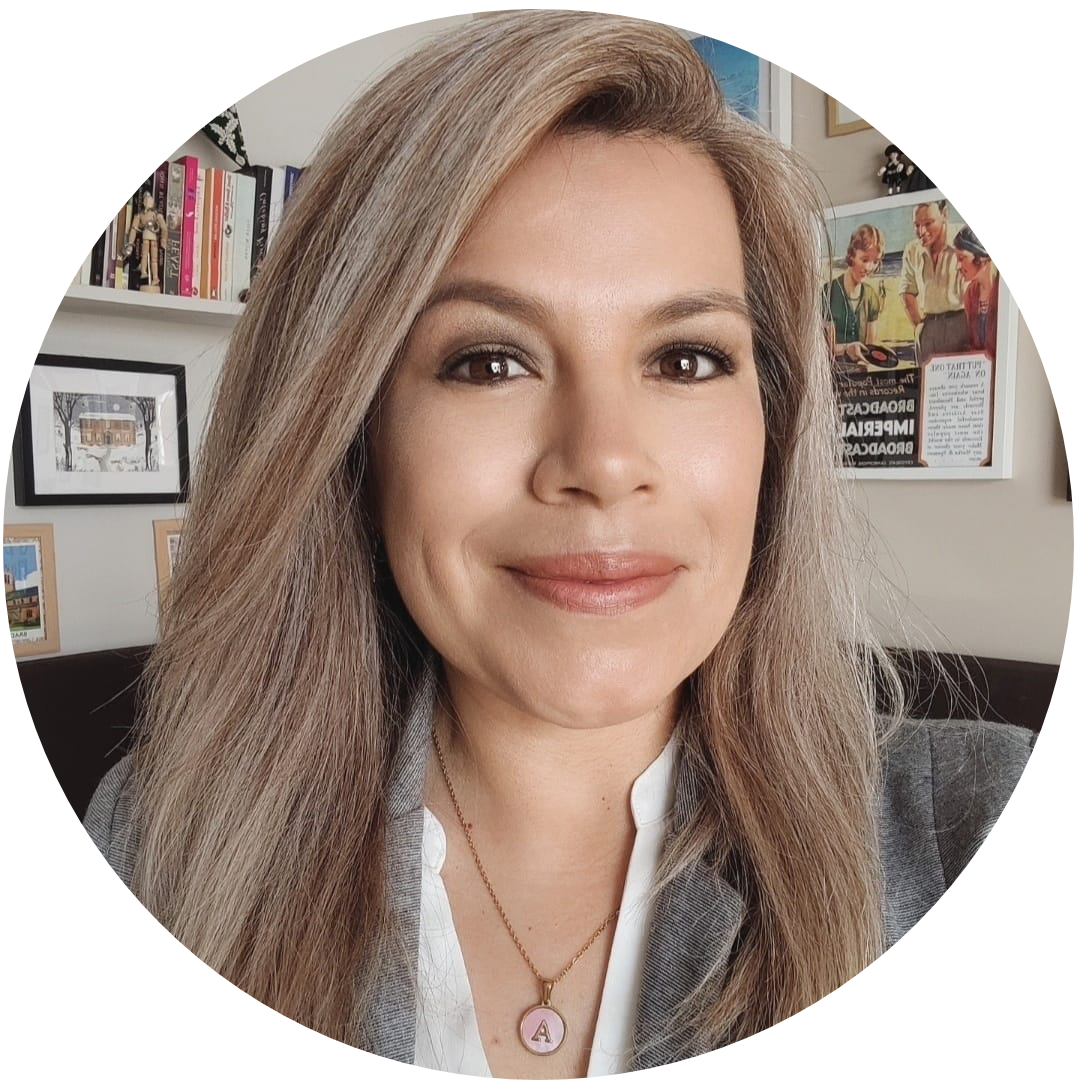


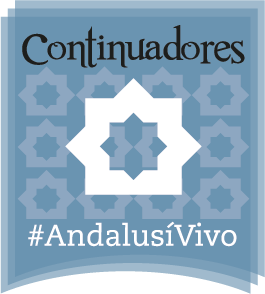

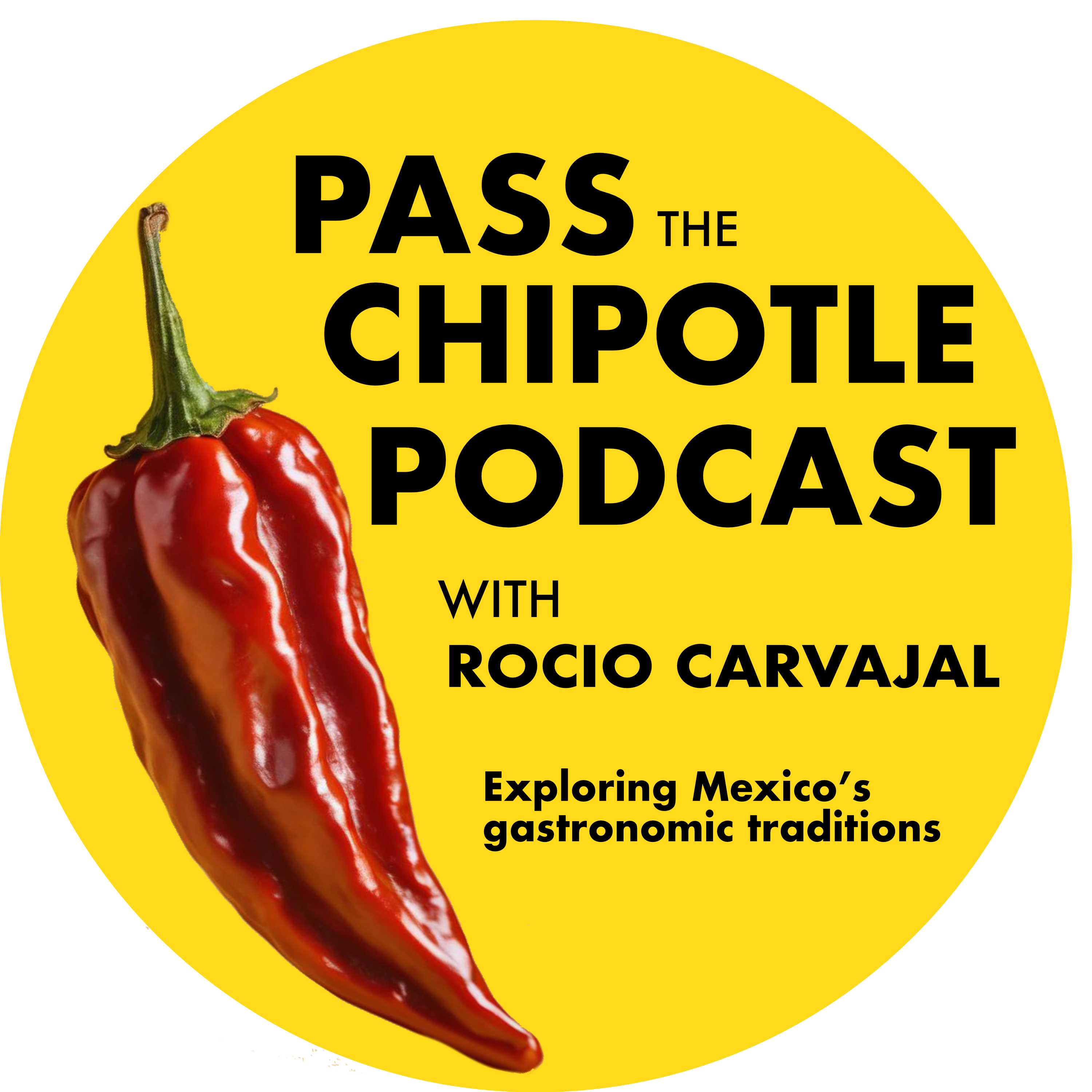
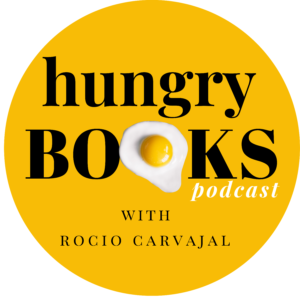
Comments (3)
Ivonne
October 12, 2018 at 6:31 pm
Hola qué tal Rocío, te escribo de aquí en Puebla. Concuerdo mucho contigo en el aspecto que lo que realmente importa y hará la diferencia, como todo en la vida, será la práctica diaria que se le de a la actividad que hagamos, en este caso a la fotografía.
Te comparto por mi propia experiencia también, que estudié una carrera donde me dieron los conceptos básicos de fotografía y al final eso no te hace fotógrafo como suele uno tener la idea cuando comienza uno a estudiar; por lo mismo quería saber si tu das algún tipo de taller para, precisamente, estar más cerca del medio y ponerse en práctica.
Muy buen post, saludos!!
Ivonne
rocio.carvajal.cortes@gmail.com
October 12, 2018 at 7:21 pm
Hey paisana! Gracias por el comentario, imagínate si todo fuera tan fácil!
The writer’s boneyard and other hacks to book writing – Pass the Chipotle – Celebrating Mexican Gastronomy
February 4, 2019 at 5:17 pm
[…] specifically on the actual work of writing, in previous blog posts, I’ve talked about research, photography and digital publishing but all that is useless if you don’t actually sit down and write the […]
Comments are closed